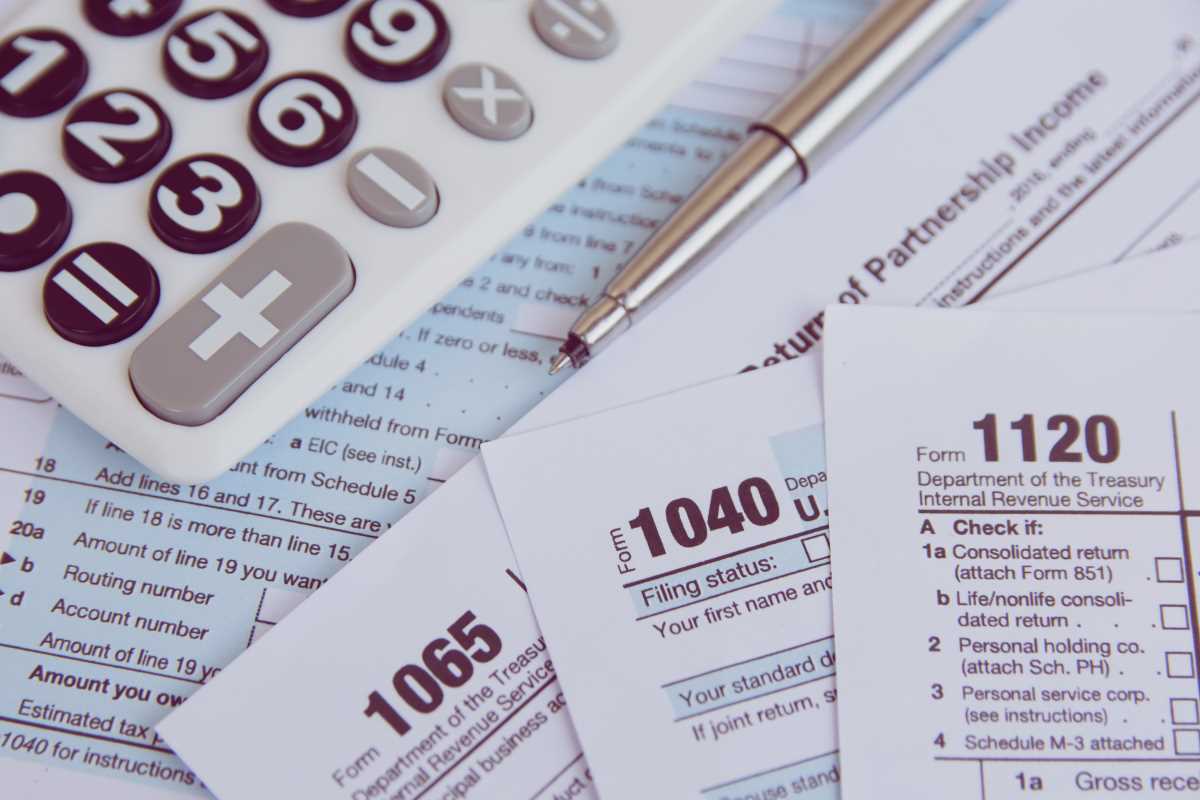As tax season approaches, staying updated on the latest tax regulations is essential to file your return correctly and potentially get the most out of your refund. The tax code evolves each year, and several changes for 2025 could affect your financial plans. Whether you're filing taxes for the first time or you’re a seasoned pro, being informed about key updates such as deductions, credits, and filing thresholds can save both time and money. To simplify the process, we’ll outline the major 2025 tax rules and updates, popular tax breaks, and tips to help minimize errors, so you can approach filing with confidence and clarity.
Key Tax Updates for 2025
Several changes to the tax code are set to impact the 2025 filing season. From updates in standard deduction amounts to expanded savings opportunities, here’s what you need to know.
1. Adjustments to the Standard Deduction
The IRS adjusts the standard deduction each year to account for inflation, and 2025 brings notable increases:
- Single filers and married individuals filing separately can claim a deduction of $15,000, up from $14,600 in 2024.
- Married couples filing jointly can deduct $30,000, an increase from $29,200.
- Heads of household can claim $22,500, up from $21,900.
These changes allow you to exclude more income from taxation, lowering your taxable amount.
2. Changes to Tax Brackets
Tax brackets remain consistent for 2025, but the income levels associated with each bracket have shifted upward to adjust for inflation. For instance:
- The 12% bracket now applies to incomes up to $48,475 for single filers and $96,950 for married couples filing jointly.
- The 24% bracket applies to incomes between $103,350 and $197,300 for single filers and between $206,700 and $394,600 for married joint filers.
These adjustments help mitigate the effects of "bracket creep"—when inflation pushes taxpayers into higher brackets even if their purchasing power remains unchanged.
3. Earned Income Tax Credit (EITC) Adjustments
The maximum EITC for 2025 has increased slightly. For taxpayers with three or more qualifying children, the credit now tops out at $8,046, up from $7,830 in 2024. Eligibility and credit amounts depend on your income, filing status, and family size, so it’s worth reviewing the thresholds carefully.
4. Increased Retirement Contribution Limits
Retirement savers have more room to set aside pre-tax earnings in 2025:
- The contribution limit for 401(k) plans is now $23,500, a $1,000 increase from 2024.
- Those aged 50 or older can make a catch-up contribution of $7,500, bringing their total possible contribution to $31,000.
These increases allow taxpayers to save more for retirement while reducing their taxable income.
5. Child Tax Credit Changes
The Child Tax Credit remains at $2,000 per qualifying child in 2025. The refundable portion of the credit (the amount you can receive even if it exceeds your tax liability) has increased to $1,700. This adjustment helps lower-income families benefit more fully from the credit.
6. Energy Efficiency Tax Credits Continue
The IRS continues to reward energy-efficient home improvements through credits like the Residential Clean Energy Credit, which allows taxpayers to claim 30% of costs for eligible expenses, such as installing solar panels or other renewable energy systems. If you're planning home upgrades, keep track of your receipts to take advantage of these savings.
Common Deductions and Credits
Understanding available deductions and credits can help lower your tax bill. Here are some key ones to consider for 2025:
1. The Standard Deduction
With the increased standard deduction amounts, most taxpayers will find it beneficial to claim this option rather than itemizing. It is a simple and effective way to reduce your taxable income.
2. Earned Income Tax Credit (EITC)
The EITC remains one of the most valuable credits for low- to moderate-income workers. If you qualify, this refundable credit can significantly increase your refund. For instance, a family with three or more children and moderate income may claim up to $8,046 in 2025.
3. Retirement Savings Contributions Credit
The Saver’s Credit offers an additional incentive for eligible taxpayers contributing to retirement accounts. Depending on your income, you can claim up to 50% of the first $2,000 contributed, reducing your tax liability.
4. Medical Expense Deduction
You may qualify to deduct certain expenses if your medical bills exceed 7.5% of your adjusted gross income (AGI). Examples include doctor visits, prescriptions, and even home modifications for medical purposes. Remember, this deduction requires itemizing.
5. Child and Dependent Care Credit
This credit is designed to help working parents offset childcare costs. For 2025, you can claim up to $3,000 in expenses for one dependent or $6,000 for two or more dependents.
6. Home Office Deduction
If you’re self-employed and use a portion of your home exclusively for work, you may be eligible for the home office deduction. Be sure your workspace qualifies under IRS rules, as improper claims could trigger an audit.
Tips for Avoiding Filing Mistakes
Even simple errors can delay your refund or lead to costly penalties. Here are some tips to help you file accurately:
1. Start Early
One of the most common mistakes is waiting until the last minute. Give yourself plenty of time to gather documents, review deductions, and double-check your return.
2. Double-Check Personal Information
Errors in basic details, like your Social Security number or filing status, are easy to make but can cause processing delays. Review every entry carefully before submitting.
3. Report All Income
Be sure to report income from all sources, including side gigs and freelance work. The IRS receives copies of your W-2s and 1099s, so your reported income must match these records.
4. Stay Organized
Maintain a system for keeping track of tax-related documents throughout the year. This includes receipts for deductible expenses, investment statements, and proof of charitable donations.
5. Consider E-Filing
Filing electronically is faster and less error-prone than submitting a paper return. Many e-filing programs even provide error-checking tools to help avoid common mistakes.
6. Seek Professional Guidance
When in doubt, consult a tax professional. They can offer tailored advice, ensure compliance with IRS rules, and help you claim every deduction and credit you’re entitled to.
Filing your taxes doesn’t have to be a stressful ordeal. By familiarizing yourself with the changes for 2025, you can ensure an accurate and beneficial return.
 (Image via
(Image via





